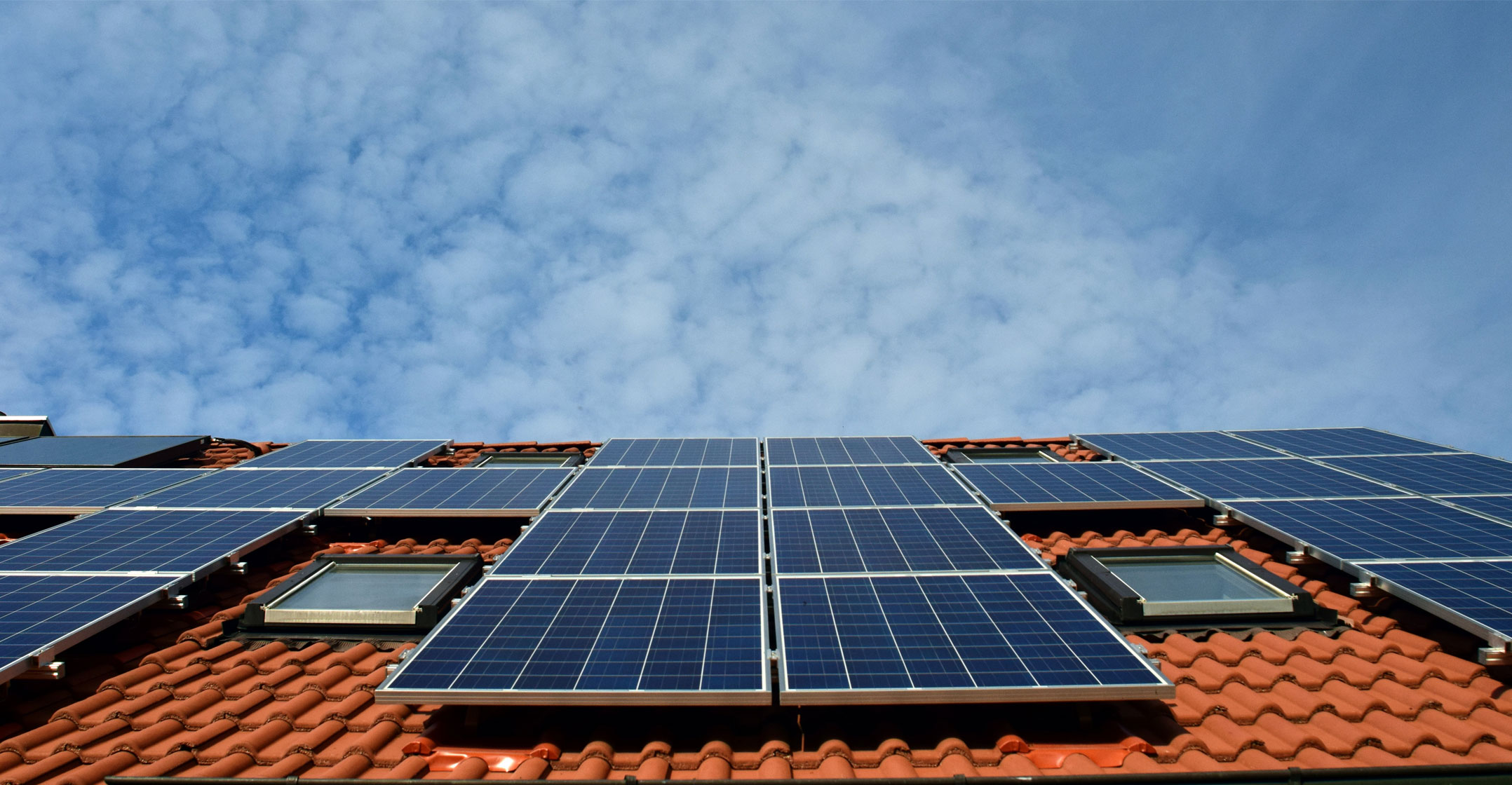
What if I told you that our energy crisis could be alleviated with one simple change? Sounds ridiculous doesn’t it? But as a professional, with almost a decade of experience working in the energy space, I can tell you it’s that simple.
Every individual across South Africa has felt the ongoing impact of load shedding, both at home and at work. Surely there must be insurmountable obstacles or surely we would have solved the issues and be operating at full capacity, with an economy unfettered by load shedding and increasingly damaging down time.
Well, there is just one change that the minister of mineral resources & energy can make, a change that would increase power supply, cut future load shedding by at least two stages and prevent the recent wastage on expensive diesel, all while both saving and creating jobs.
So, what is that change? It is to move the current exemption from licensing from 1MW to 10MW for energy generation installations. Currently, 1MW can supply a small mall, while 10MW is suitable to feed into a mine or industrial facility.
The Electricity Regulatory Act of 2006 governs the various stakeholders of the electricity supply industry, and regulates participation in the form of licensed activities. One such licensed activity is the generation of electricity, which requires a generation licence.
Generation capacity below 1MW is exempt from obtaining a licence, requiring only registration with energy regulator Nersa upon obtaining permission to connect from the local distribution licence holder (either Eskom or a municipality) under a connection or use-of-system agreement. This is an arbitrary limit set as a policy decision, and has no technical basis.
10MW exemption
Operators working in both renewable and traditional energy propose the increase to 10MW because that capacity limit can be absorbed with minimal upgrades by a large number of substations, or nodes on the distribution network. This would also fit within the power consumption profile of many industrial facilities.
On 26 March, the minister, Gwede Mantashe, gazetted an amended version of schedule 2 rationalising the licensing exemptions applicable to generation facilities under 1MW. However, disappointingly, the 1MW licensing cap remained, missing a valuable opportunity to create lasting benefits to the entire electricity system and avoid serious load shedding during the day while still allowing some headroom for Eskom to carry out necessary maintenance.
The ministry has previously expressed concerns around protection of the electricity network as well as job and Eskom revenue losses, however, these are all addressable.
 Municipalities and Eskom may be concerned that allowing more generation would impact their revenue collection. As it stands, a large municipality shedding 200MW during a load shedding event costs R40-million/week, or R174-million/month. Eskom has made provision for up to eight stages of load shedding, which will result in the majority of municipalities collecting 0% revenue from most suburbs for significant periods of the day.
Municipalities and Eskom may be concerned that allowing more generation would impact their revenue collection. As it stands, a large municipality shedding 200MW during a load shedding event costs R40-million/week, or R174-million/month. Eskom has made provision for up to eight stages of load shedding, which will result in the majority of municipalities collecting 0% revenue from most suburbs for significant periods of the day.
And when we look at job creation, those fears can also be addressed. Increasing the share of renewable energy must and will be accompanied by discussion of a “just energy transition” to ensure access to affordable energy while enabling all South African citizens to participate in the related economic opportunities.
All data I have analysed indicates a transition to increased renewable energy percentages or even replacements of coal power stations will result in net-positive job creation. I agree that serious work needs to be done to ensure the specific individuals impacted are reskilled in a sustainable environment to be able to re-enter the new economic landscape.
But further, in a scenario where Eskom is shedding 6GW in the middle of the day, adding mere megawatts to the grid will have almost no impact on existing jobs, and in fact will result in greater job creation (4MW of rooftop projects can keep 31 staff employed for a year).
A recent South African Photovoltaic Industry Association estimate indicates that this change in legislation, shifting the limit for exemption from 1MW to 10MW, would enable 2GW of PV to be installed within 12 months.
In the middle of the day, this is enough to shift load shedding by up to two stages (for example, from stage 4 to stage 2, or from stage 2 to not at all), reducing the need to run expensive diesel generation if capacity is constrained, but not yet at levels to trigger load shedding.
Jobs
This would create jobs for 15 500 site staff, and approximately 2 000 office-based junior and mid-management jobs. I have not yet quantified the job creation potential of related downstream manufacturing and services providers.
Energy would be available from these plants far sooner than energy from any national procurement programme currently under discussion.
The minister and other stakeholders must grasp the opportunity that renewable energy presents, not just from a supply perspective but also because it directly addresses the potential job losses in the coal sector and the fear of lost revenue at Eskom. Without a fully operating power system, we will have less jobs and less revenue for Eskom. In contrast, with the appropriate legislation, we can create a much more robust electricity supply environment catering to multiple requirements of economic growth.
If the grid can absorb the power, the municipalities can continue selling power and jobs can be created, all while avoiding a further crisis at no actual cost to the government or taxpayer, why would we not make one simple change?
Changing one number, on one piece of legislation, can deliver wins on all the levels required.
- Daniel Goldstuck is the grid access working group chairman at the South African Photovoltaic Industry Association, an organisation representing the solar PV industry in South Africa

